If until yesterday you could say “I’ll think about it tomorrow”, today the fateful day has arrived: the obligation to mount winter tires has also arrived in 2021. The November 16 it is in fact the zero date for thermal covers, which come out of hibernation to return to your car. The most awaited date but at the same time most feared by tire dealers, and the time for the most meticulous police officers to do a lot of checks.
But what does “winter tire” mean? What is it for? Why do they mount? Are they to be used throughout Italy? And the chains? These are the most popular questions, which we will answer today. Get ready because, when you get out of here, you will be among the greatest winter tire experts. Ready to get some cold?
What are winter tires? Why do they exist and what are they for?
Let’s start immediately with the important things: what are winter tires? Understanding what it is is essential to understand its use, importance and possible purchase. From a technical point of view, the base is the same as a normal tire: they are round, they are (with some exceptions) black, they are (with some exceptions) four and they have the same, only legal provision to regulate them, that is the minimum thickness of 1.6 mm.
CSo what is the difference between a winter tire and a summer tire? Meanwhile, aesthetically, winter tires can be recognized by two details. The first is the presence on the shoulder (i.e. on the side of the rubber, the one with the manufacturer and the dimensions written) one small mountain with a snowflake embedded inside, like the one you see above, and some acronyms M+S, M&S, M-S, M/S, usable in the same way at the discretion of the manufacturer. But what do these logos mean? They indicate that the gum is one Mud and Snow, that is a rubber suitable for snow and mud. The snowflake with the mountain, on the other hand, indicates that we are dealing with real winter tires.
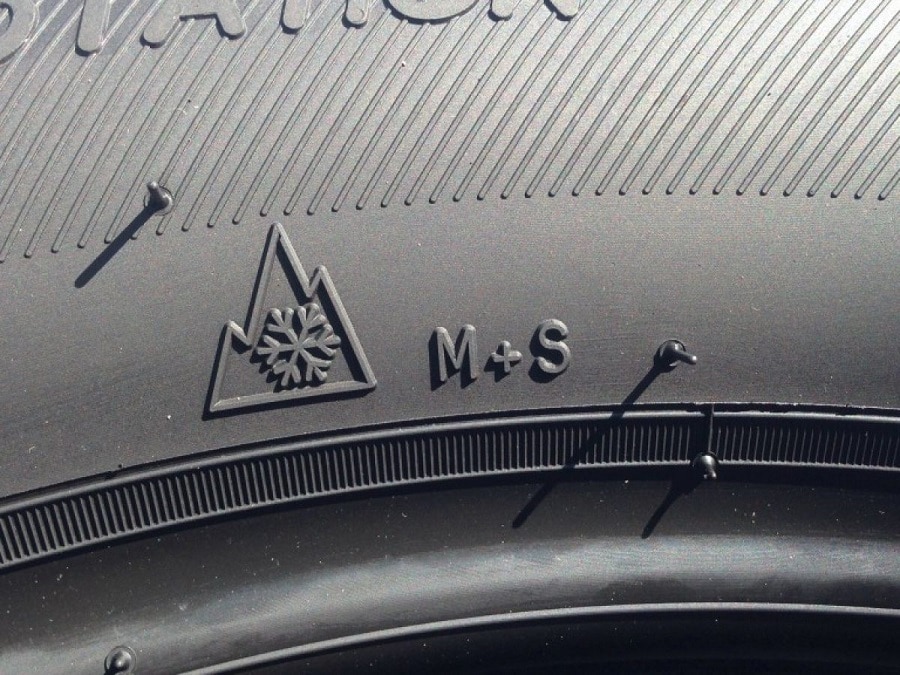
But before I told you about another unmistakable sign of winter tires, namely the tread, the part full of carvings in contact with the asphalt. These carvings, indispensable in order to guarantee the tires the ability to drain the water present on the road surface, are in fact thicker, more numerous and more “bad” in the drawing. The tread of a winter tire, in fact, is generally about 9/10 mm thick, compared to about 7 mm on average for a summer tire. This design allows the rubber to perform better in rainy conditions, letting more water flow out, but also in snow. Thanks to the larger, numerous and thicker carvings, also called “blocks”, the car is able to cling better to the snowpack, proceeding with more safety and more grip.
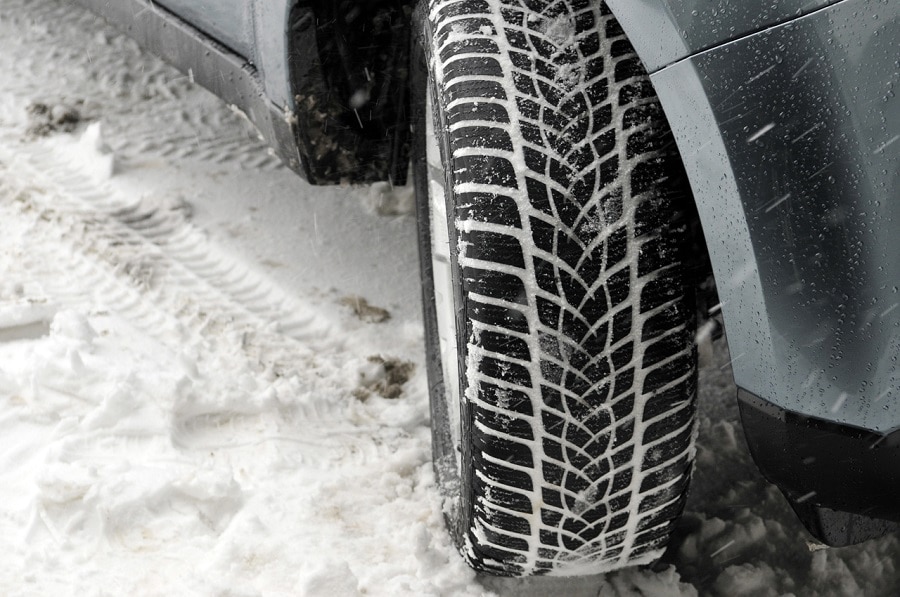
The other big difference between summer and winter tires is not visible, and it is there mix. Without going too far into technicalities, the compound is, trivially, the set of various materials that make up the rubber. S.n winter tires, the compound is much softer, and the shoulder, that is, the lateral part of the rubber a little more tender. Because? As those who follow Formula 1 know, in fact, the softer compound tires have a great value: they heat up very easily, and therefore work well in low temperatures.
And since winter tires work, in fact, in the coldest months of the year, they are designed to warm up as quickly as possible and ensure optimal grip before summer tires, which in winter take much longer to warm up. A warmer tire means more grip, and therefore more safety. What is the temperature limit which winter can beat the thermal? Around 7 degrees, temperature at which summer tires work worse, and winter tires become much more stable. In general, however, already below 10 degrees the winter guarantees a much higher level of stability and safety than thesummer tires.
Why were winters not needed in the past?
On the contrary, summer tires stiffen in the cold due to a harder compound, losing grip. So why did our cars once do well in the snow without these precious allies? The discussion is very interesting, and we could then deepen it, if you wish, at another time. In order not to go too far, however, once the tires were narrower, much more notched and decidedly less sporty: the cars, and therefore their tires, were not so overtly sporty, and even the tires were ready for anything.
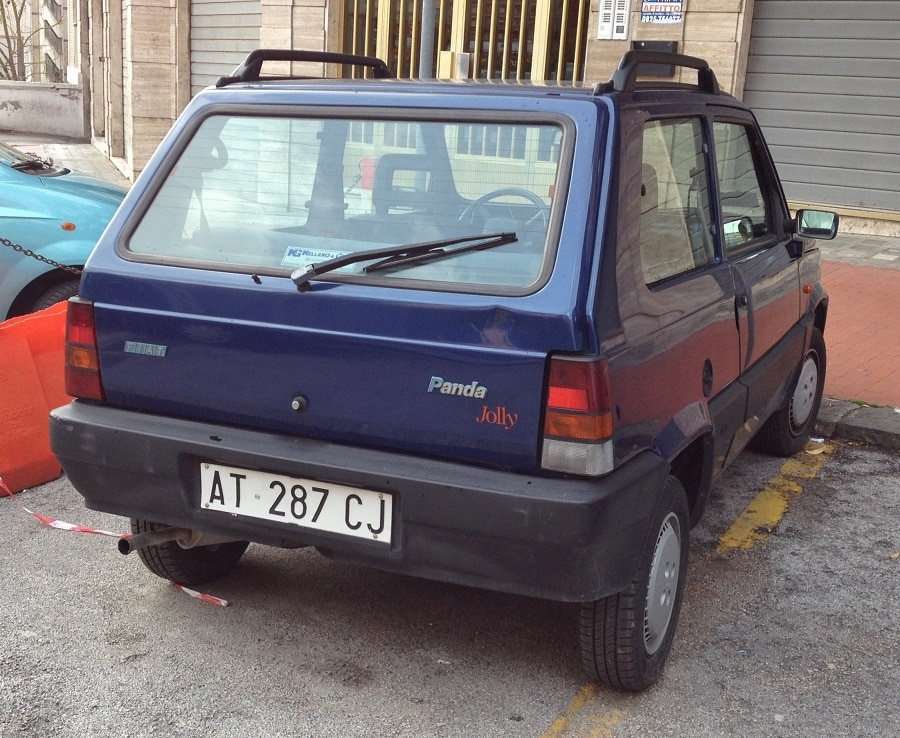
Today, however, even the smallest cars have tires with at least 205 mm of tread, dimensions that in the 80s were used by the most adrenaline-pumping super sports cars such as Ferrari 308 GTB e Porsche 911. A wider tire, therefore, but also sportier and with thinner and more elaborate grooves: this is necessary because of the exceptional performance guaranteed by even the smallest cars, which make sacred monsters of bygone decades pale. If we look at the width of the tread of a humble one FIAT Panda first series, alone 135 mm, and consider the feather weight of just over 700 kg of the aforementioned Panda, let’s understand how lightness and thin tread allow excellent grip and agility on the snow. Modern tires, however, even if they struggle more on fresh snow, thanks to winter tires have a grip at speed unthinkable for cars of 20 and more years ago.
In addition, if we add the much greater weight and the diffusion of SUVs and Crossover, cars decidedly heavier than their “low-wheeled” counterparts, which require more effort from the tires both in normal conditions and in the event of snow or rain, and it is easy to say why, once upon a time, summer was enough. And at most, in case of heavy snow, the chains were mounted.
How much do winter tires cost? Am I a waste of money?
You see that, apart from a few hints, we never talked about name? Unlike the classic chains, in fact, winter tires are not to be chosen only if you live in Livigno or in Val d’Aosta, where snowfalls are the order of the day. Due to their composition, in fact, winter tires have enormous benefits on the stability of the car even at temperatures below 7 ° C, not exactly polar temperatures. So if you travel a lot in winter, and in your area temperatures below 5 degrees are the norm in winter, the winter tire allows for greater safety, greater stability and the certainty of being able to circulate everywhere.
E how much do thermal tires cost? The price, in reality, is not very different from that of summer tires. For smaller sizes and less prestigious brands, it starts from about 30/40 euros per tire, with something less for really small tires, under 15 inches, while for the larger SUV or sports rims you can easily get to 400 euros per tire, for a total of 1200 euros for a complete train. On average, however, you spend between 300 and 500 euros for a midsize car. To buy them you can rely on yours trusted tire dealer, or choose several online shopping services. Sites such as ebay, Amazon itself or specialized sites such as Euroimportpneumatici distribute winter tires on the web, also giving the possibility to choose them from thousands of models available. But which models to choose?
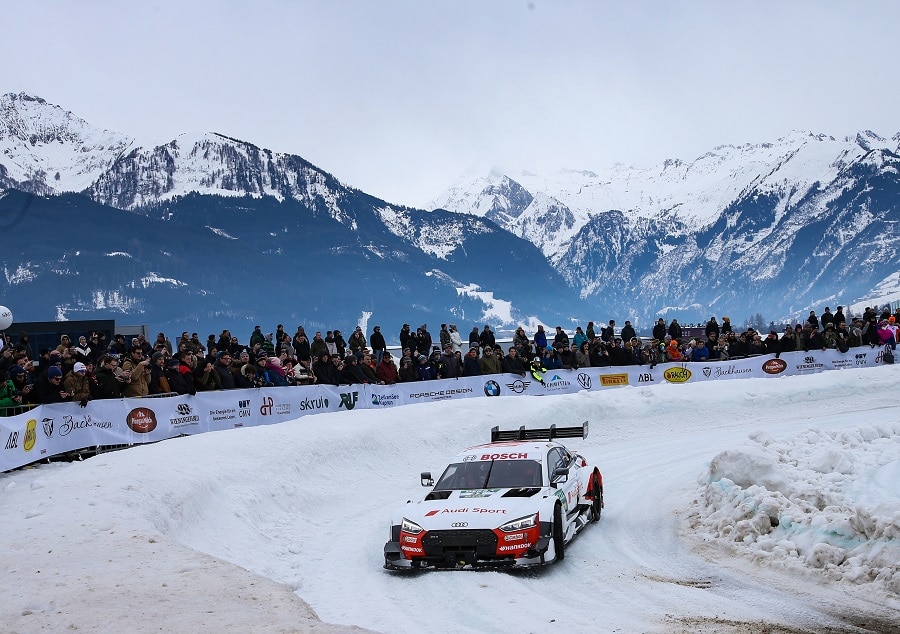
Obviously, as with summer tires, they are there many possibilities to juggle. There are tires “specialist”Like those made by Nokia, designed by the Finnish manufacturer for the coldest climates and the snowiest areas. If you want something equally snow-friendly but less extreme, Michelin with its line Alpin offers good compromise, maintaining good behavior at high speeds. The models of Continental WinterContact, Pirelli PZero Winter e Hankook i * cept Evo, on the other hand, offer good performance on snow and ice, but without giving up performance: perfect for sports cars. Then there are hundreds of other models, all with their pros and cons. If you want one perfect examination, I refer you to very detailed tests carried out by the Swiss TCS, the Swiss equivalent of the ACI.
Who are winter tires for?
For those who live in hot cities, we can say: it’s a waste of money. If the temperatures in your city rarely drop below 10 degrees, if you have only seen snow in the mountains and you are not a frequent visitor to ski resorts or roads with the obligation of winter tires, summer tires with chains are the solution if necessary. improve. For those who live in the northern regions, where some very popular roads are subject to the obligation, they are an obligatory solution, recommended but also… economically sensible.
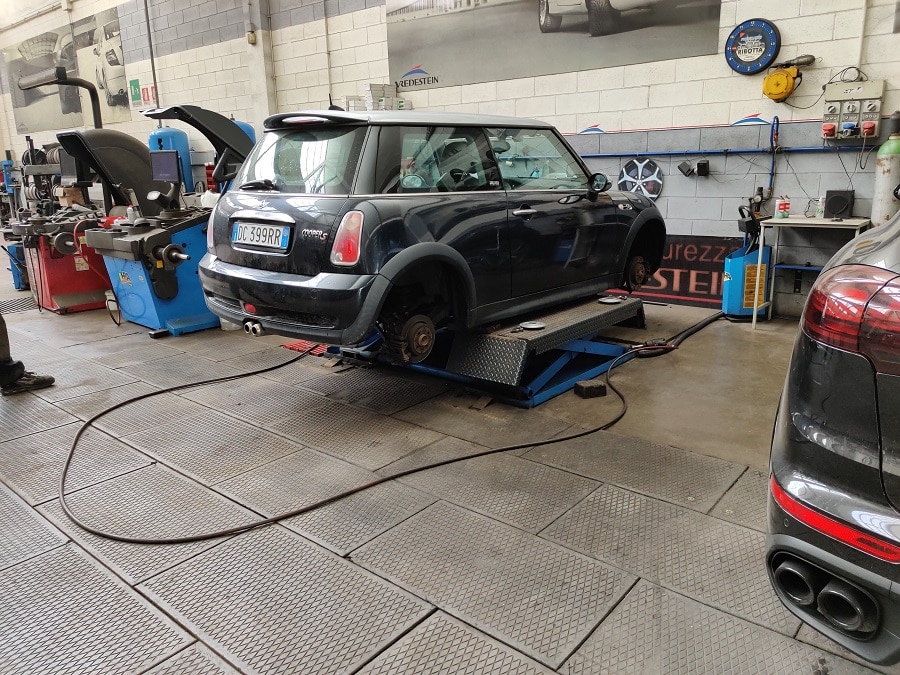
I’ll explain. If you mount winter tires between November and April, the train of summer tires will cover about 5 months of road: the remaining 7 months will be covered by thermal tires. Therefore, the price of both trains will be amortized over time, as wear will spread evenly on both sets of tires. You will therefore spend 3/400 euros more, but both the thermal and summer tires will last about double the years thus dividing the tasks under your car. In fact, if, for example, you cover 15,000 km in a year, you will cover 9,000 km on winter tires, and 7,000 on summer tires. In this way, both tires will have “saved” half the wear, lasting, perhaps, one or two more years.
What are the rules for winter tires? Compulsory (not everywhere) from November 15th to April 15th
As we said at the beginning, in fact, today theeffective obligation to equip snow chains or winter tires on the Italian territory from 15 November 2021 to 15 April 2022. Even if in reality we are not talking about the entire Italian territory, but only about some areas. The Ministry of Transport, in fact, has decided that winter covers are not mandatory throughout the territory, but only in specific areas and road sections. Where is it? For reasons of time and space, it is not possible for us to indicate the entire map of the “winter” roads of Italy. But there is someone who did it for you: it is the site pneumaticisottocontrollo.it, managed by the association of tire manufacturers Assogomma. Here you just need to search for your region of residence or the area where you need to go to find out whether or not there is a requirement for winter cover.
This is a decidedly measure wise: who lives in Southern Italy, where even in winter temperatures rarely drop below 10 degrees, it would risk burn your own thermal tires. Circular…







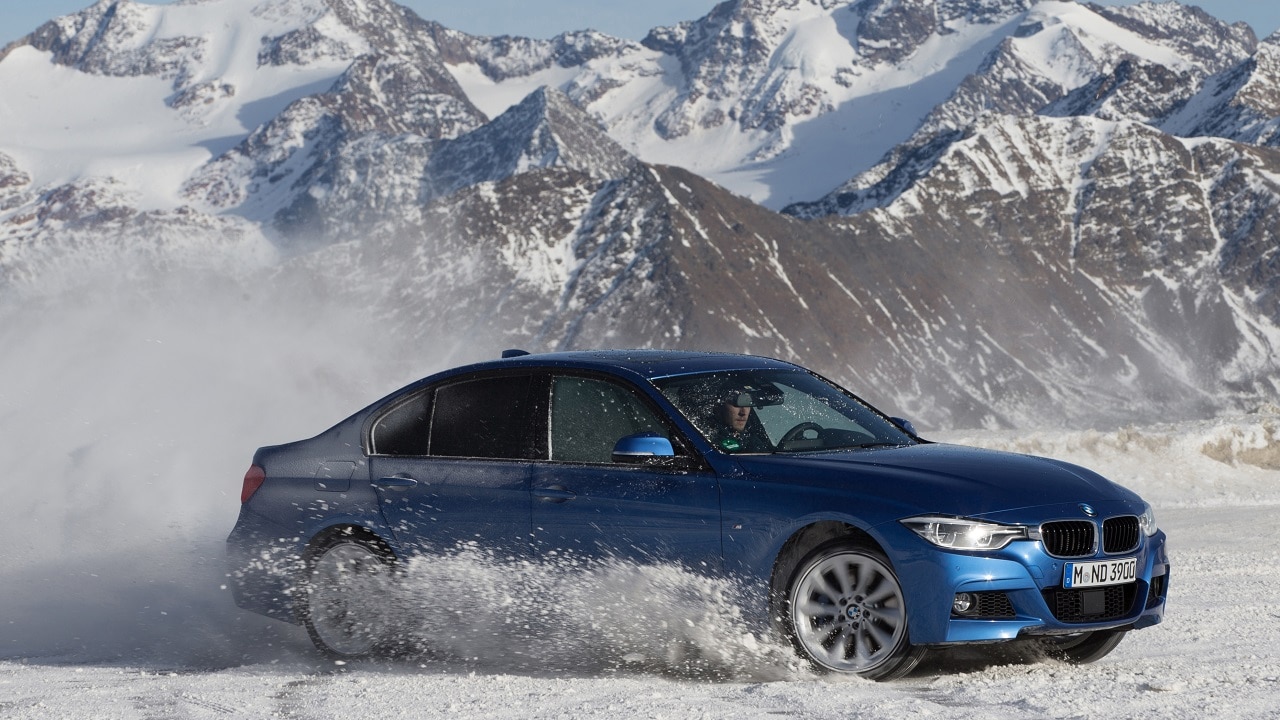








Leave a Reply
View Comments